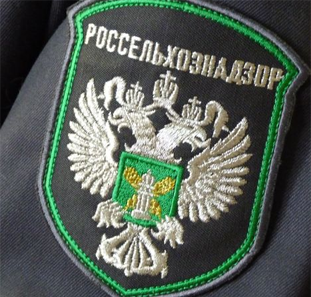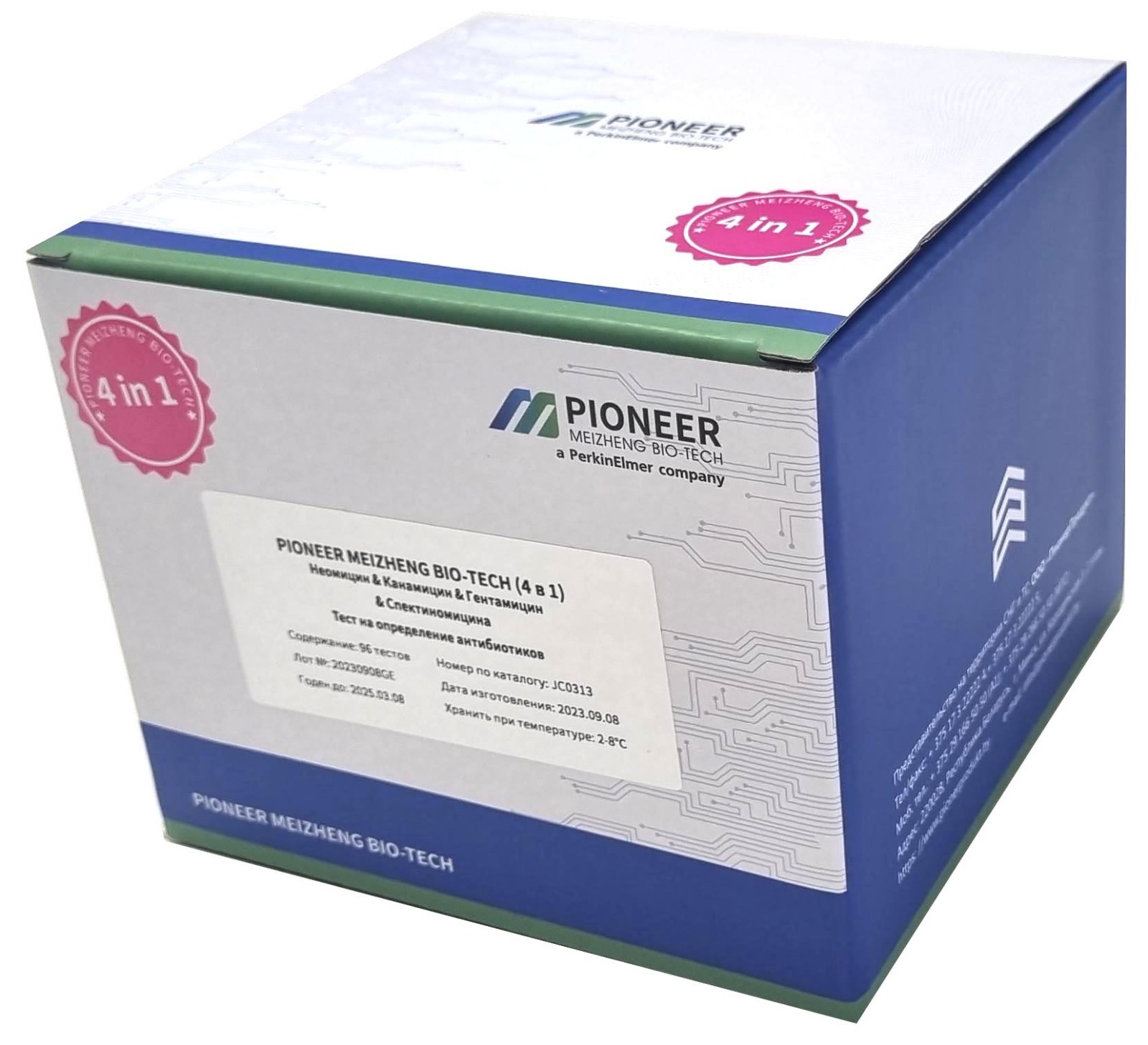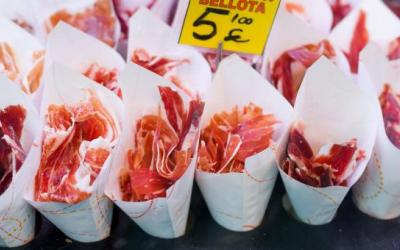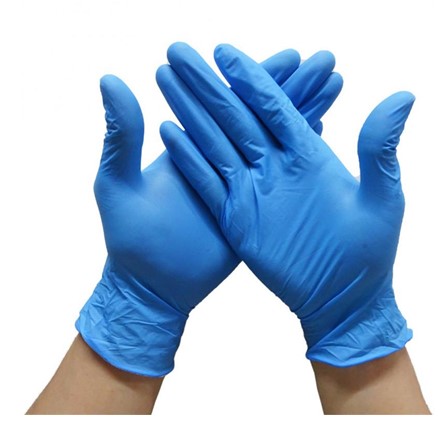Mikhail Mishustin: demand for Russian products abroad is growing
Foreign demand for Russian food is growing, and the geography of supplies is changing, so the government plans to simplify the processing of exports of agricultural products. Prime Minister Mikhail Mishustin said this at a Cabinet meeting. He said that the government will change the legislation to simplify the processing of EXPORT deliveries of livestock products. According to Mishustin, the export of MEAT and dairy products over the past year increased by more than a third. “Foreign people willingly buy our dairy products and semi-finished products, pork, poultry meat and much more,” he listed during a government meeting (quote from the Cabinet website).
Russian agribusiness, in order to allow the supply of products to foreign markets, must confirm the compliance of its products with the requirements of the buyer country. ROSSELKHOZNADZOR agreed 40 veterinary certificates with 25 countries last year, Mishustin said. “To make this process go faster, we are making changes to the legislation on veterinary medicine,” he specified. The document defines the procedure for examining land plots, buildings, and other facilities, and Rosselkhoznadzor will conduct a free check for compliance with the veterinary requirements of another country, the prime minister said. “This will only require a statement from the owner of the facility. And information about the results will be entered into the Federal State Information System in the field of veterinary medicine,” Mishustin explained. The results of the consideration of the application can be found on the website. "Sure,
President of the National Union of Food Exporters Dmitry Bulatov believes that it would be good if the state used the potential of exporters' associations. Now this is not happening, although it is directly prescribed by law, he said. “Associations of exporters are very active. They find sales markets and foreign partners for their participants, issue specialized publications for exporters, conduct business missions,” he explained. - Associations of exporters are engaged in this activity both in RUSSIA and abroad, only in the latter version this is done with the support of the state. And our government does not allocate any funds for this. This puts our associations of exporters in unequal conditions compared to similar organizations in foreign countries. This does not contribute to the development of domestic exports.”
According to Bulatov, food exports could develop even faster, if not for certain moments that hinder export activity. “In other countries, exporters' associations are actively involved in the formation of export policy. And here they are not even invited to meetings either at the Ministry of Economic Development, or at the Ministry of Agriculture, or at the Russian Export Center,” Bulatov complained. — As a result, not the most effective, in our opinion, decisions are made to limit exports for a number of goods: wheat, soybeans, sunflower, buckwheat. Such restrictions in foreign practice are sometimes applied, but extremely rarely and very carefully. And of course, it never happens that our own exporters are “hit in bursts”.”
Bulatov clarified that the National Union of Food Exporters is in favor of taking a different kind of measures: in case world prices exceed domestic ones, give subsidies to processing enterprises so that they can buy products from Russian producers at prices close to world ones. “Then our manufacturer will not go to the foreign market, but he will prefer to sell his products within the country. If the sales markets are mechanically narrowed, the manufacturer will be forced to either reduce production or move to other industries,” Bulatov believes. He admits that the restrictions introduced will indeed help stabilize the situation with prices in 2021, but next year “everything can happen again, only Russia will produce less.”
The Executive DIRECTOR of Rincon Management, Konstantin Korneev, believes that it is more correct to say not that the demand for Russian products is growing abroad, but that the representation of Russian agricultural products is increasing there. “This is the result of the consolidated efforts of manufacturers, government authorities and industry associations. It cannot be said that there is a shortage of food abroad, and Russia satisfies it. Import markets are already saturated with products,” said Korneev.
Among the main support measures related to the promotion of agricultural products to foreign markets, one can name the solution of issues related to veterinary medicine, confirmation of Russia's veterinary safety in target countries and the opening for export of other types of products, primarily pork, Korneev said. Another point is active marketing - promotion and popularization of products. “Our task is to gain a foothold in channels focused on the end consumer,” he said.
At the end of May 2020, the HEAD of the Agroexport center subordinate to the Ministry of Agriculture, Dmitry Krasnov, stated that by the end of this year, the export of agricultural products will remain “in the region of $30 billion”, in 2020 it reached $30.5 billion. In addition, at the end of March, the government made changes to the State Program for the Development of Agriculture and the Regulation of Agricultural Products, Raw Materials and Food Markets. In particular, according to the new document, the export of agricultural products in 2021 should amount to $26 billion, in 2022 - $28 billion, in 2023 - $31 billion, in 2024 - $34 billion, in 2025 - $35.4 billion.
Named the most promising Russian products for export
According to the Agroexport center subordinate to the Ministry of Agriculture, the export of agricultural products from the beginning of the year to June 6 amounted to $12.6 billion, which is 12% more than a year earlier ($11.2 billion). Including deliveries of oil and fat products reached $3 billion (plus 47%), grain - $3.5 billion (plus 7%), meat and dairy products - $553 million (plus 25%), food and processing industry products - $1.6 billion (plus 2%), fish and seafood — $1.9 billion (minus 5%), other agricultural products — $1.8 billion (plus 8%).




























































